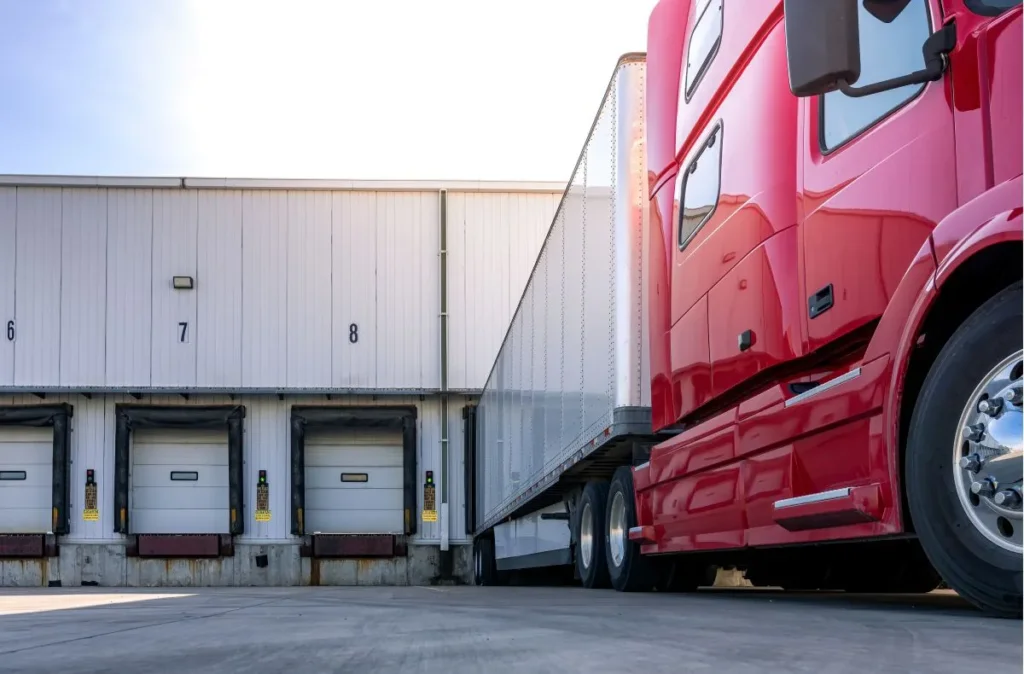One of the first shippers to develop a blockchain-based solution to manage and track container shipments is Agility. It was prepared in cooperation with Maersk and IBM, and is to reduce paperwork and the costs of operations.
Agility is a provider of integrated logistics solutions, and blockchain technology is designed to help accelerate and automate the flow of documents and money. The idea, in general, is that Agility collects information related to the handling of individual shipments and then transmits this information through a decentralised and distributed blockchain-based transactional register.
In the first place, therefore, blockchain technology is used to record specific events and their geolocation.
It is also possible to correlate the route with time, and the actual supply chain is accurately represented by the transaction chain at blockchain level.
Tracking movements throughout the supply chain is particularly important for high-value freight transport. It helps to reduce distribution fraud and react almost immediately in case of any irregularities. For certain goods, the conditions under which they were transported are more important than the route itself. Thanks to special sensors capable of communicating with the Internet, and thanks to blockchain, it is possible to additionally measure and record parameters such as temperature and humidity during transport, and the results of measurements can be placed on the ‘transaction map’.
An important objective of blockchain application is, among other things, to reduce transport and logistics costs (according to estimates, costs related to administration and archiving of documentation constitute one-fifth of the $1.8 trillion spent annually in connection with international freight transport) and to increase the efficiency of operations.
According to Agility logistics specialists, this is possible thanks to the integration of all shipment information on one secure platform, which is accessible to shippers, carriers, forwarders and other companies in the supply chain. The final effect is to improve efficiency and safety in international trade.
Blockchain technology reduces transportation costs while increasing safety and reliability. By implementing it at this early stage, companies such as Agility can help Maersk and IBM understand the needs of shippers and create standards that will improve the efficiency of commercial operations. We can also show our customers how they can use blockchain to facilitate tracking, reduce paperwork, reduce errors and reduce delivery and customs clearance times,” says Essa Al-Saleh, CEO of Agility Global Integrated Logistics.
The fail-safe transaction book can be used to track shipments, create documentation and record payments. Thanks to blockchain, Agility intends to develop supply chains in the most demanding regions of the world, offering air, sea and road freight forwarding, warehousing services, distribution, as well as specialist logistics projects, fairs and other events.
The Infrastructure Group at Agility will use blockchain to manage industrial facilities and provide logistic support services.
In Maersk, they confirm that the use of blockchain can not only facilitate the tracking of a container but also show the status of customs documents and waybills. Customs and border services can also use the technology to provide themselves with the information necessary to conduct a risk analysis. It increases security and the effectiveness of customs clearance and checks.
An important objective is to reduce transport paperwork. Mirosław Ciesielski, academic lecturer at the Gdańsk School of Banking, in his publication gives an example of an experiment conducted by Maersk.
It concerned the shipment of roses from Kenya to the Netherlands in a refrigerated container. The entire delivery process involved 30 entities, including correspondent banks, represented by over 100 persons, and the number of interactions between them exceeded 200. The delivery lasted 34 days, including 10 additional days related to the processing of documents, which were 25 cm thick when placed in a binder – writes W. Ciesielski on the obserwatorfinansowy.pl website.
Photo: Pixabay









